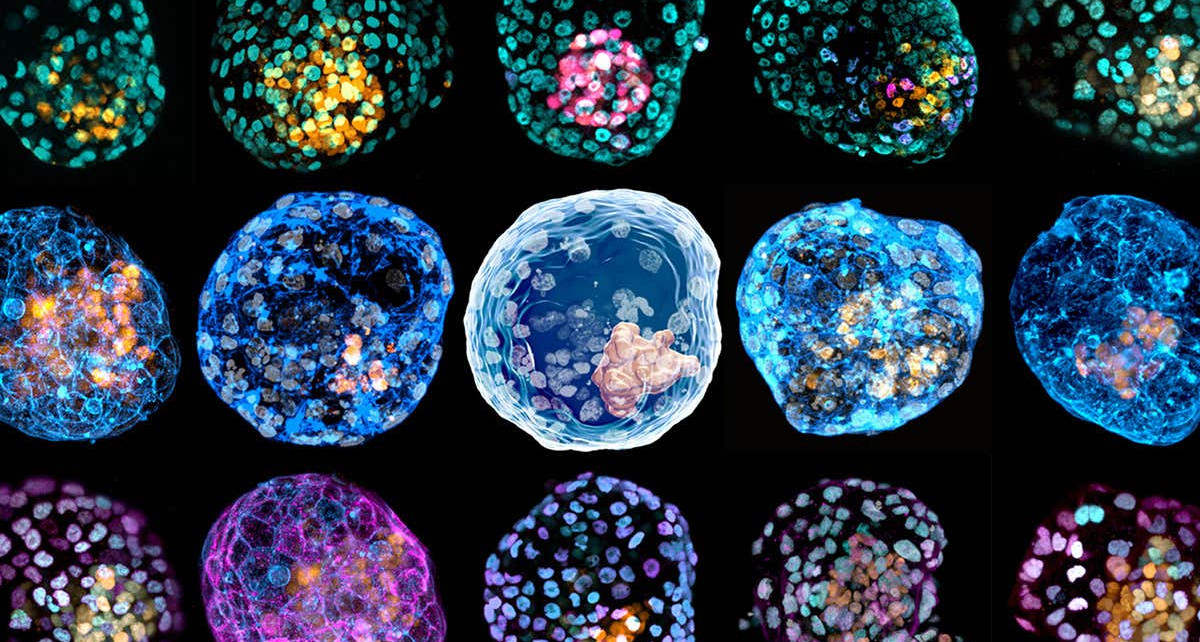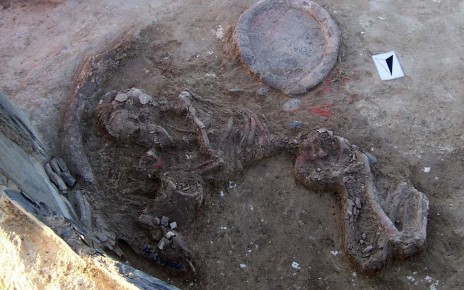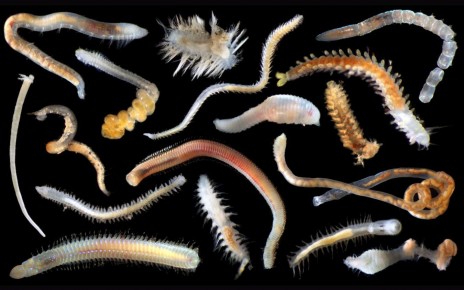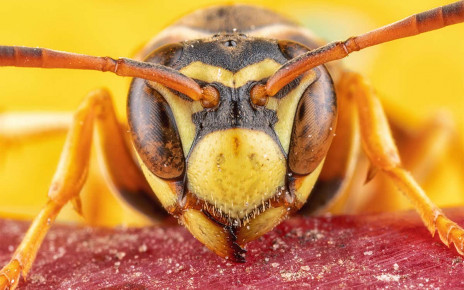
The iBlastoid structures look like real human blastocysts
Monash University
Living structures that model early human embryonic development have been generated entirely from cells in the skin. The models mean it should be possible to study infertility, early miscarriage and early embryonic development without the controversial use of real human embryos – although the models may raise ethical issues of their own.
Previously, the only means of studying the early development of human embryos was via blastocysts obtained from IVF procedures. Blastocysts are a ball-like early stage of embryonic development that is formed five days after fertilisation occurs and can go on to form embryos. But their use in science is controversial because of their potential to grow into a living human individual.
Advertisement
Now, by reprogramming fibroblasts, connective tissue cells taken from skin samples, Jose Polo at Monash University in Melbourne, Australia, and his colleagues have created human blastocyst-like structures.
“This is the first time in humans where we’re making an embryonic structure without any egg,” says Jason Limnios at Bond University in Gold Coast, Australia, who wasn’t involved in the research. “That’s a big deal.”
The structures, which the team have called iBlastoids, could be used to model the first two weeks of embryonic development.
The iBlastoids are structurally and genetically very similar to real human blastocysts, but aren’t identical. For example, the iBlastoids lack a zona pellucida, a membrane that surrounds a blastocyst before it implants in the uterus. “That’s something that we will never be able to model,” says Polo.
“Right now, you can’t implant this into a woman and get her pregnant,” says Limnios. “It won’t grow into a fetus or a baby because it’s missing some of the most important structural parts.”
The team used a technique called nuclear reprogramming to create the iBlastoids. They took fibroblasts from adult donors and, by altering the genes expressed in the cells, changed their properties.
When placed in a 3D scaffold known as extracellular matrix, the cells spontaneously organised into spherical structures containing distinct layers of cells that human blastocysts contain.
The iBlastoids can give rise to pluripotent stem cells – cells that are able to self-renew and differentiate into different cell types of the body. They could help to advance research into infertility, enabling scientists to study what happens when embryos are exposed to toxins or viruses early in development. All of this could now be done without the need for real human embryos, says Limnios.
However, any new discoveries made using iBlastoids may need to be confirmed using real human blastocysts, says Polo, although their use could allow research on a larger scale than is possible right now.
“You could use 1000 or 10,000 iBlastoids to discover something, and then you could go and test that discovery in three blastocysts,” he says.
The development of the embryo-like models brings up ethical and legal questions. In many countries, human embryos cannot legally be cultured in a laboratory beyond 14 days – although there are plans to consider changing the rule. There will now need to be a discussion about whether this limit should be extended for iBlastoids, given that they aren’t real human embryos, says Polo.
“The law has to catch up with the science,” says Limnios. “Until that time, everyone’s going to respect the current laws and treat these iBlastoids as if they are embryos.”
Journal reference: Nature, DOI: 10.1038/s41586-021-03372-y




